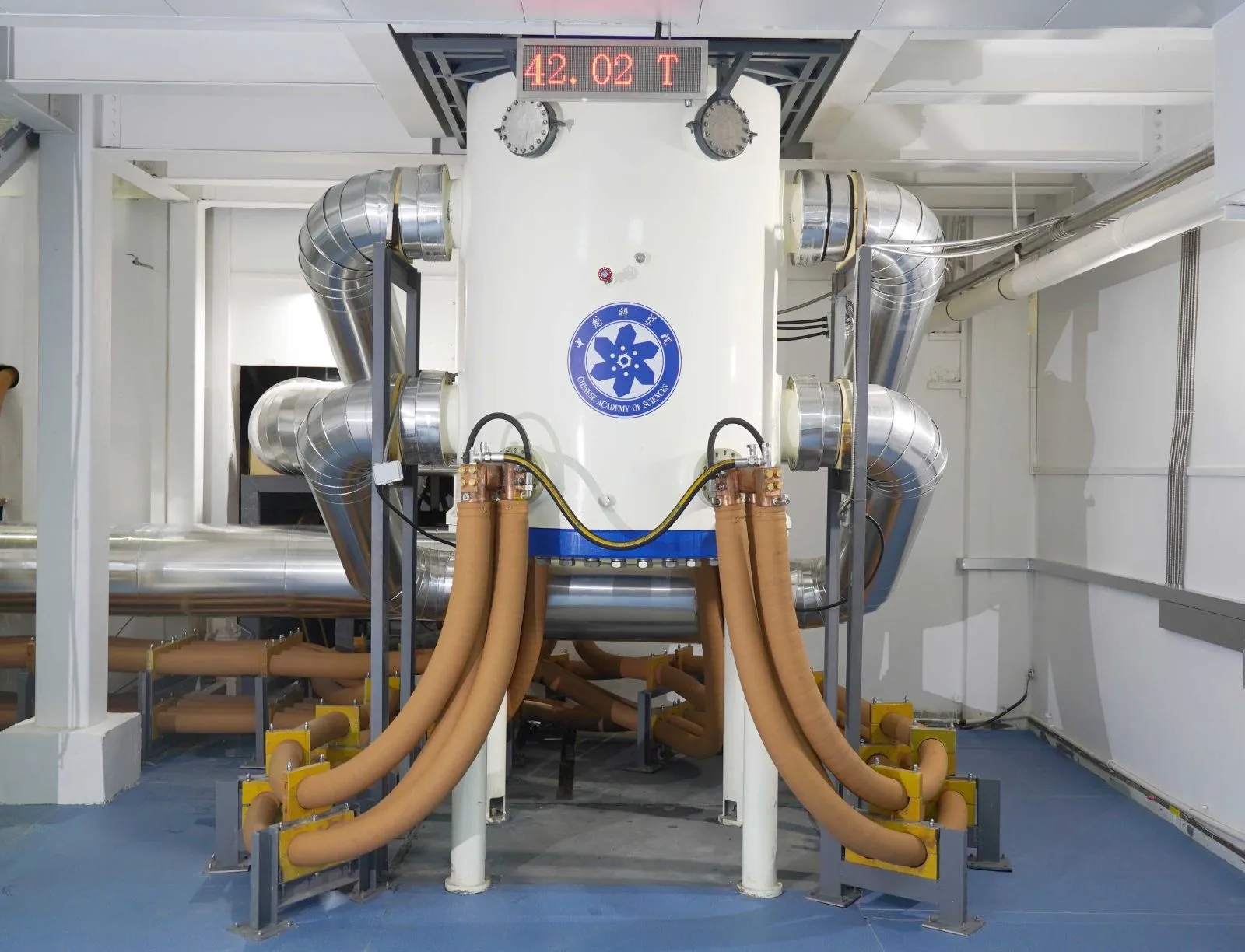China has managed to set a new record in the field of magnetic fields by creating a resistive magnet with a field strength of 42.02 Tesla. This field exceeds the power of the Earth’s more than 800,000 times. The achievement was another breakthrough for the Chinese Academy of Sciences’ High Magnetic Field Laboratory (CHMFL), which unveiled a 45.22 Tesla hybrid magnet in 2022. This is reported by Xinhua.

For nearly four years, a team of scientists and engineers worked to improve the design and optimize the manufacturing processes of the magnet. This effort resulted in a stable field of 42.02 Tesla at 32.3 MW, surpassing the previous record of 41.4 Tesla set by the U.S. National High Magnetic Field Laboratory in 2017.
Significance for science
According to physicist Joachim Wosnitz of the Dresden High Magnetic Field Laboratory, the new Chinese magnet could pave the way for even more powerful devices. This will allow scientists to explore new physical phenomena and identify laws that previously remained unknown.
Resistive magnets play an important role in the study of materials, particularly superconductors, that carry current without heat loss at low temperatures. Powerful magnetic fields also make it possible to manipulate states of matter and discover new properties of condensed environments.
Challenges in magnet creation
Alexander Eaton of the University of Cambridge emphasizes that high magnetic fields are particularly useful for experiments with high precision measurements. With every additional Tesla, the resolution of the instruments increases, making it easier to detect elusive physical effects.
Despite the advantages, resistive magnets consume a lot of energy. For example, it took 32.3 MW to reach a record field of 42.02 Tesla. This forces scientists to look for more efficient solutions.
Future of magnetic technology
Alternative technologies are being developed, such as hybrid and superconducting magnets, which can produce high fields at lower energy costs. In 2019, researchers in the U.S. reached 45.5 Tesla for a short time with a small superconducting magnet and are working on its larger counterpart at 40 Tesla. Meanwhile, a Chinese team is developing a hybrid magnet with a field of 55 Tesla.
Despite the promise of more cost-effective superconducting magnets, these devices require significant financial investment and complex cooling systems, which adds challenges to their implementation.
Earlier we reported on how the most distant magnetic field in the Universe turned out to be 1000 times weaker than Earth’s.
Provided by interestingengineering.com


